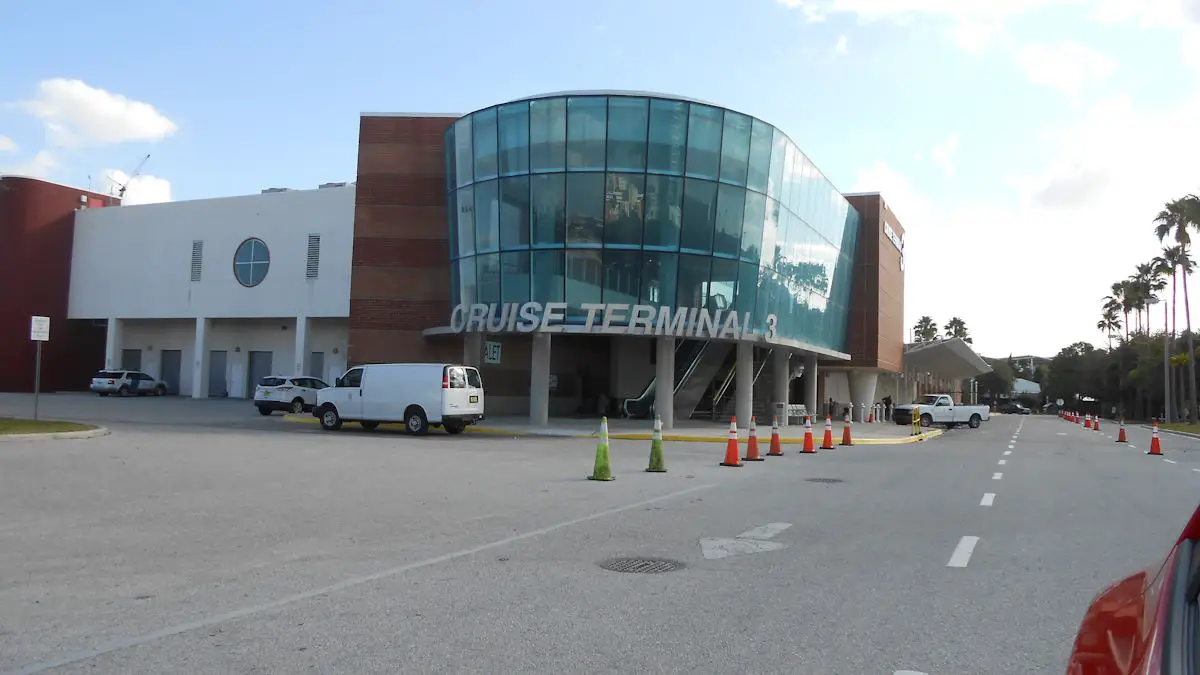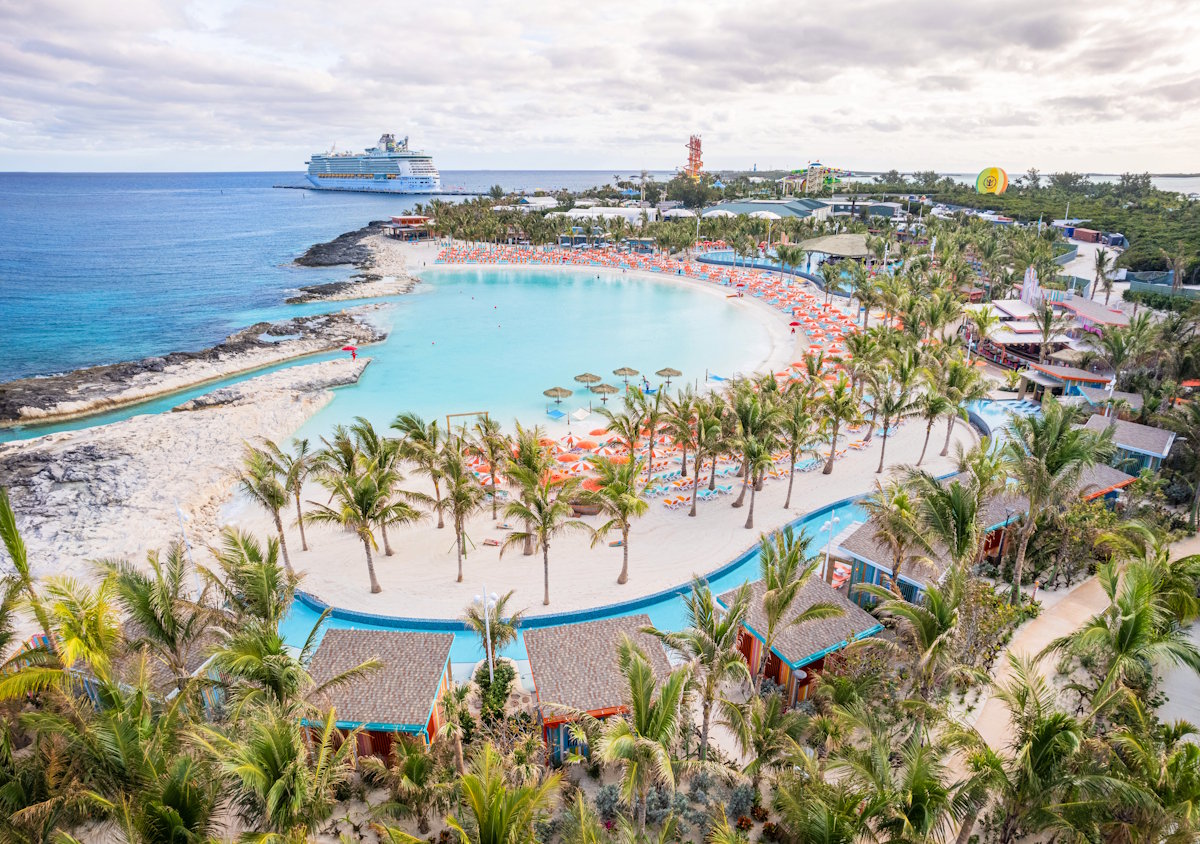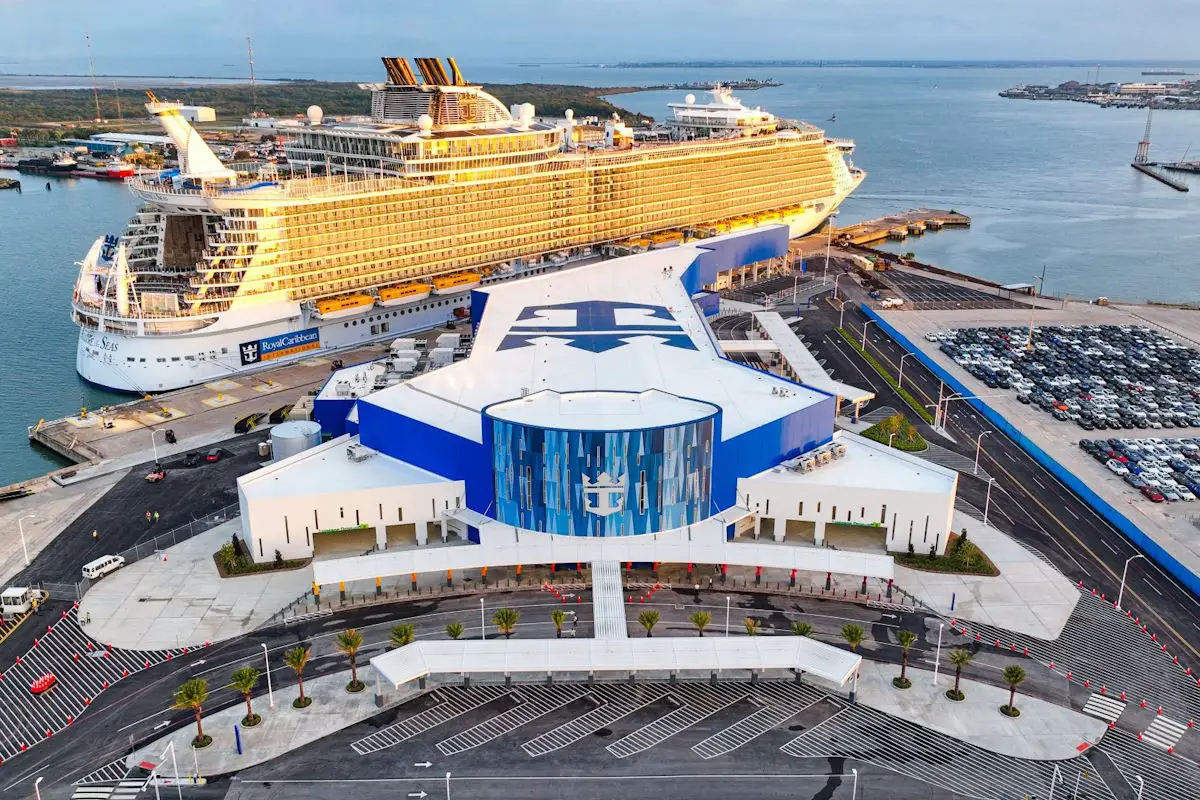Home » Are Cruises good for wheelchair users?
Are Cruises good for wheelchair users?
Last updated on May 8th, 2025 at 08:27 pm
Yes, cruises are a good choice for vacations for wheelchair users as they have come a long way in terms of accessibility for people with disabilities. Most major cruise lines have made significant efforts to ensure that their ships and onboard amenities are wheelchair accessible.

Accessibility Features on Modern Cruise Ships
Major cruise lines, such as Royal Caribbean, Carnival, Celebrity Cruises, and Disney Cruise Line, prioritize accessibility to comply with the Americans with Disabilities Act (ADA) for ships operating in U.S. waters.
These vessels incorporate features designed to enhance mobility and comfort for wheelchair users.
Accessible staterooms are a cornerstone, featuring wider doorways (typically 32 inches), no-threshold entrances, and spacious interiors for easy maneuvering.
Bathrooms in these cabins often include roll-in showers with fold-down benches, grab bars, handheld showerheads, and lowered sinks. Some staterooms offer single-side or dual-side access to beds to suit varying mobility needs.
Public areas on newer ships are designed with accessibility in mind. Wide corridors, automatic doors, and accessible elevators with tactile controls and audible signals facilitate navigation.
Dining venues, theaters, and lounges typically provide designated wheelchair seating, while many ships include pool lifts for safe access to swimming areas. Casinos often feature lowered tables, and guest service desks have accessible counters.
For passengers with visual or hearing impairments, Braille signage, large-print menus, and assistive listening devices are commonly available. Some cruise lines, like Carnival and Celebrity, offer American Sign Language interpreters on select sailings with advance notice.
Wheelchair users can bring their own mobility devices or rent them through third-party providers like Scootaround or Special Needs at Sea, which many cruise lines partner with.
However, devices must fit through stateroom doorways (standard cabins may have 22-inch entrances, while accessible cabins are wider) and be stored in the cabin due to safety regulations. Power wheelchair users should ensure their charger is packed, and those requiring medication storage can request a refrigerator in their stateroom.
You may also be wondering, in general terms, Are Cruises Safe? Read the article to give you some insight into that question.
Selecting the Right Cruise
Choosing a cruise that meets accessibility needs involves several considerations. Newer and larger ships, such as Royal Caribbean’s Icon of the Seas or Celebrity’s Edge-class vessels, tend to offer superior accessibility due to modern design standards.
These ships have more accessible staterooms, advanced features like touchless controls, and spacious public areas. Smaller vessels, particularly river cruise ships, may have limited accessibility due to narrower corridors and fewer accommodations.
The cruise itinerary is equally important. Ports of call can be docked or tendered, and this distinction significantly impacts accessibility. Docked ports allow wheelchair users to roll directly onto the pier via a ramp, making disembarkation straightforward.
Tendered ports, where the ship anchors offshore and passengers are ferried to land on smaller boats, are often inaccessible for those unable to transfer from their wheelchair.
Some cruise lines, like Celebrity, offer accessible tendering systems on select ships, but this is not universal. Wheelchair users should prioritize itineraries with docked ports, such as those in Alaska (Vancouver, Juneau, Ketchikan), the Bahamas (Nassau, CocoCay), or the Mediterranean (Barcelona, Rome).
Accessible shore excursions are another factor. While options are expanding, not all excursions are wheelchair-friendly. Cruise lines like Royal Caribbean and Norwegian offer accessible tours in select ports, but availability varies.
Researching excursion details or consulting with the cruise line’s accessibility team can help identify suitable activities. Destinations like Alaska and the Bahamas are known for accessible excursions, such as scenic drives or visits to paved areas like Castaway Cay, Disney’s private island.
Planning for a Successful Cruise
To ensure a smooth experience, wheelchair users should take proactive steps during the booking process. Accessible staterooms are limited, often numbering only a few dozen even on large ships, so early booking, ideally a year in advance, is recommended.
Contacting the cruise line’s accessibility team, such as Carnival’s Guest Access Team or Disney’s Special Services, allows passengers to confirm specific needs, from stateroom features to dietary accommodations.
Completing a mobility questionnaire, as required by some lines like Carnival, helps secure appropriate accommodations.
Travelers should verify that their mobility device fits the stateroom’s dimensions and notify the cruise line if they plan to bring a scooter or wheelchair.
For medical needs, onboard facilities are available, but passengers should pack sufficient medications, including those for motion sickness, as rough seas can occur. Arranging accessible airport transfers or port assistance in advance is also advisable, as many cruise lines offer these services with prior notice.
Working with a travel agent specializing in accessible travel can simplify planning. These professionals can navigate the complexities of accessible staterooms, excursion options, and port logistics.
They can also arrange equipment rentals or care packages, as offered by providers like Limitless Travel, which include professional careers for added support.
Additional Accessibility Enhancements
Cruise lines are improving accessibility with innovative features. Virtual reality tours allow passengers to preview accessible staterooms and public areas before booking. Onboard mobile apps help locate accessible routes or request assistance instantly.
Crew members receive training to assist with mobility needs, ensuring quick and respectful support. Accessible dining tables are placed near entrances for convenience.
Some ships offer sensory-friendly entertainment for guests with additional needs. These advancements make cruises more inclusive for wheelchair users.
Preparing for Unexpected Challenges
Wheelchair users should prepare for unexpected issues. Bringing a backup battery or repair kit for mobility devices is essential, as onboard repairs may be limited. Travel insurance covering mobility equipment is recommended.
Researching port accessibility independently ensures accurate information, as cruise line details may vary. A lightweight, portable ramp can address minor obstacles like small steps. These precautions help ensure a stress-free trip.
Onboard Support Services
Cruise lines provide dedicated support for wheelchair users. Accessibility desks assist with boarding, disembarkation, and excursion planning. Some ships offer priority boarding for passengers with mobility needs.
Onboard medical centers can handle minor emergencies, but passengers should bring medical supplies. Guest services can arrange for accessible transportation at ports. These services enhance the overall cruise experience.
Maximizing Enjoyment on Board
Wheelchair users can fully enjoy onboard activities with planning. Accessible spa services, like lowered treatment tables, are available on many ships. Fitness centers often include adaptive equipment.
Social events, such as meet-and-greets for passengers with disabilities, foster community. Booking accessible seating for shows ensures optimal viewing. These options allow wheelchair users to engage in all aspects of the cruise.
Considerations and Limitations
While cruises are generally accessible, challenges remain. Older ships may have narrower corridors or fewer accessible features, and not all ports offer seamless disembarkation.
Tendered ports can limit exploration for full-time wheelchair users, and accessible excursions may be fewer than standard options. Passengers with complex medical needs should confirm the ship’s medical facilities and discuss logistics with a travel agent.
Recommended Cruise Lines for Wheelchair Users
Several cruise lines stand out for their accessibility features:
- Royal Caribbean: Offers spacious ships with numerous accessible staterooms, pool lifts, and accessible tendering on select vessels. Itineraries like Scandinavia and Russia are noted for docked ports.
- Carnival: Provides a range of accessible cabins, pool lifts on many ships, and partnerships with Scootaround for rentals. Alaska and Caribbean itineraries are popular.
- Celebrity Cruises: Features modern Edge-class ships with spacious accessible staterooms and unique tendering systems. Mediterranean cruises are highly accessible.
- Disney Cruise Line: Ideal for families, with accessible cabins, paved pathways at Castaway Cay, and counselors trained for special needs.
- Holland America: Caters to older travelers with accessible staterooms, pool lifts, and accommodations for hearing and visual impairments. Alaska and Hawaii routes are recommended.
In Conclusion
Cruises are an excellent travel option for wheelchair users, offering a blend of accessibility, convenience, and diverse destinations. With careful planning, selecting a modern ship, docked ports, and accessible excursions, passengers can enjoy a comfortable and enriching vacation.
Early booking, clear communication with the cruise line, and the assistance of specialized travel agents ensure that accessibility needs are met, allowing wheelchair users to explore the world with confidence.
RECENT POSTS

Lost and Found Guide for Cruise Passengers: What to Do and Who to Contact

The Future of Cruising: Trends to Watch In This Year and Beyond

5 Tips for a Smooth Cruise Embarkation Day

The Rise of Cruiseline Private Islands: What to Expect

Why Galveston, Texas, Is Becoming a Top Cruise Port

